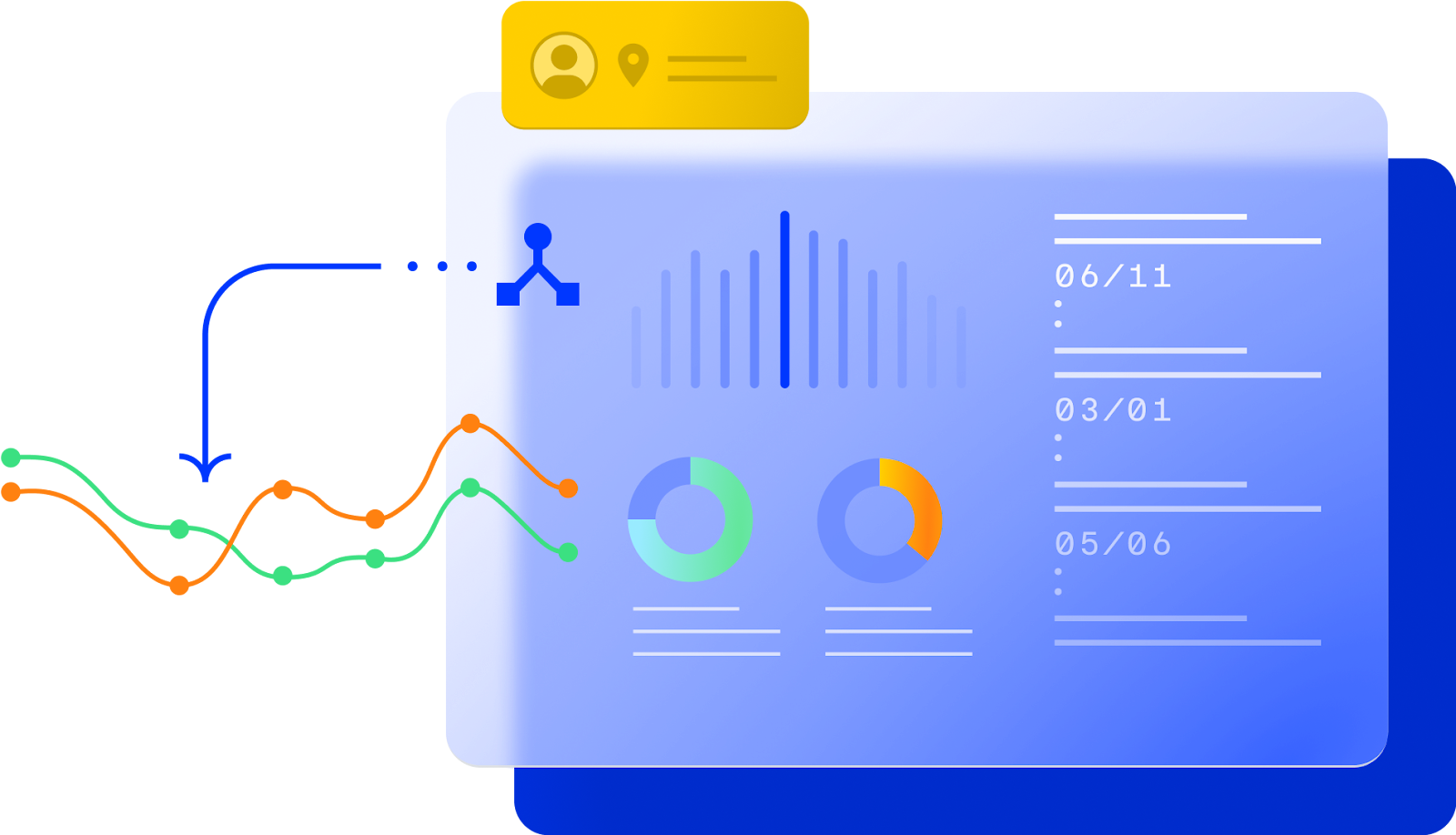In today’s digital-first world, content alone isn’t enough. Businesses are no longer simply managing websites, they’re managing entire ecosystems of experiences. As customer expectations rise, organizations are rethinking how they deliver personalized, connected, and data-informed interactions across every digital touchpoint.
Both Content Management Systems (CMS) and Digital Experience Platforms (DXP) play important roles in shaping digital strategy, but their capabilities, flexibility, and focus set them apart. Understanding how these platforms differ and how they work together provides valuable insight into how organizations can deliver more connected, personalized, and engaging digital experiences.
What is a digital experience platform (DXP)?
A Digital Experience Platform (DXP) is an integrated set of core technologies that support the composition, management, delivery, and optimization of context-specific digital experiences. Unlike traditional systems, DXPs are designed to be flexible, scalable, and user-centric, enabling businesses to innovate rapidly and maintain a competitive edge.
According to Adobe, a DXP brings together content, data, and insights across departments to deliver cohesive, personalized experiences throughout the customer journey.
- Flexibility and Scalability: DXPs allow businesses to adapt quickly to market demands, utilizing integrations across various platforms and channels.

Optimizely One uses a robust network of connectors to link content, data, and workflows across platforms, streamlining processes and improving efficiency across the entire digital ecosystem.
- Personalization: By leveraging data and analytics, DXPs provide personalized digital experiences, enhancing engagement and satisfaction.

Optimizely Data Platform collects and connects customer data from 60+ integrations, enabling teams to deliver personalized content and offers in real time.
- Omnichannel Delivery: DXPs support seamless interactions across multiple touchpoints, ensuring consistent and cohesive experiences.

Optimizely lets teams create once and publish everywhere, connecting content to websites, apps, and emerging channels through flexible integrations and Optimizely Graph.
The power of a DXP lies in its ability to unify fragmented digital tools into a single framework that manages every step of the user experience.
The Shift from CMS to DXP
The transition from CMS to DXP reflects how organizations are moving from simply managing content to orchestrating entire digital journeys through integrated systems and real-time data. Modern digital strategies rely on data, personalization, and omnichannel delivery to build stronger, ongoing relationships with customers.
A Content Management System (CMS) is a software application used to create, manage, and modify digital content. While often confused with DXPs, CMS platforms are typically more focused on content creation and basic delivery. The CMS remains a valuable tool for content delivery, but it’s no longer enough on its own to deliver the dynamic, connected experiences users now expect.
Key Differences Between CMS and DXP
To explore how DXP architecture supports scalability and integration, see Optimizely’s developer overview.
Building a Connected Digital Experience Ecosystem
The transition from CMS to DXP is more than a technology upgrade, it represents a shift in mindset. Organizations that embrace DXPs can connect their content, data, and user insights into a single ecosystem, delivering meaningful experiences that adapt to evolving customer expectations.
Building a connected digital experience ecosystem depends as much on communication dynamics within teams as it does on the technology itself. When marketing, design, and development teams work fluidly across systems, the result is a cohesive experience that feels seamless to the user.
Whether through incremental adoption or a complete platform migration, modern digital experience platforms empower businesses to unify their tools, measure performance, and continually improve the way they engage with audiences.
Looking to better understand where your CMS fits in your digital experience roadmap?
Contact our team to start a conversation about modernizing your platform and improving customer engagement.
